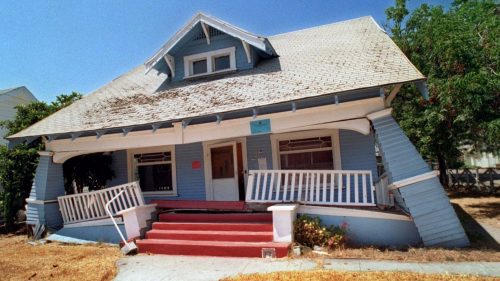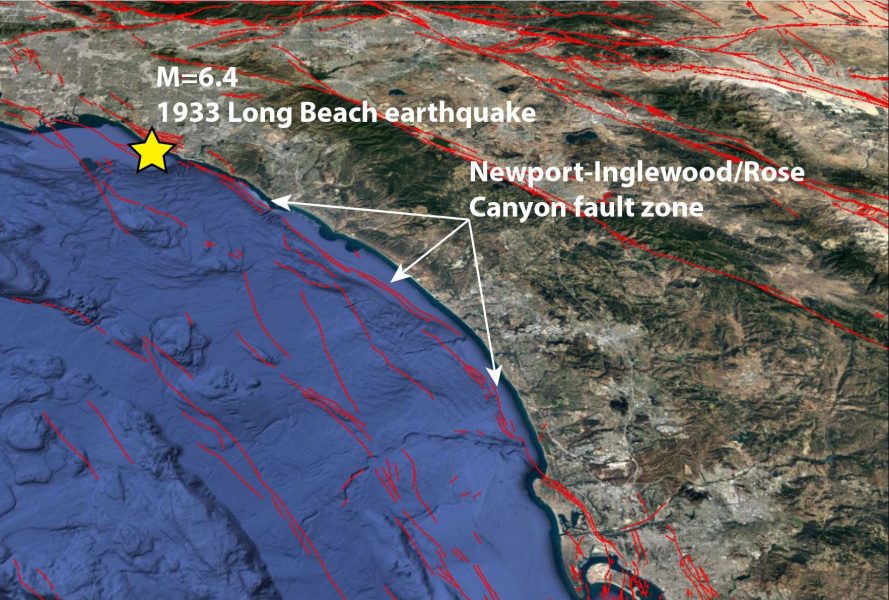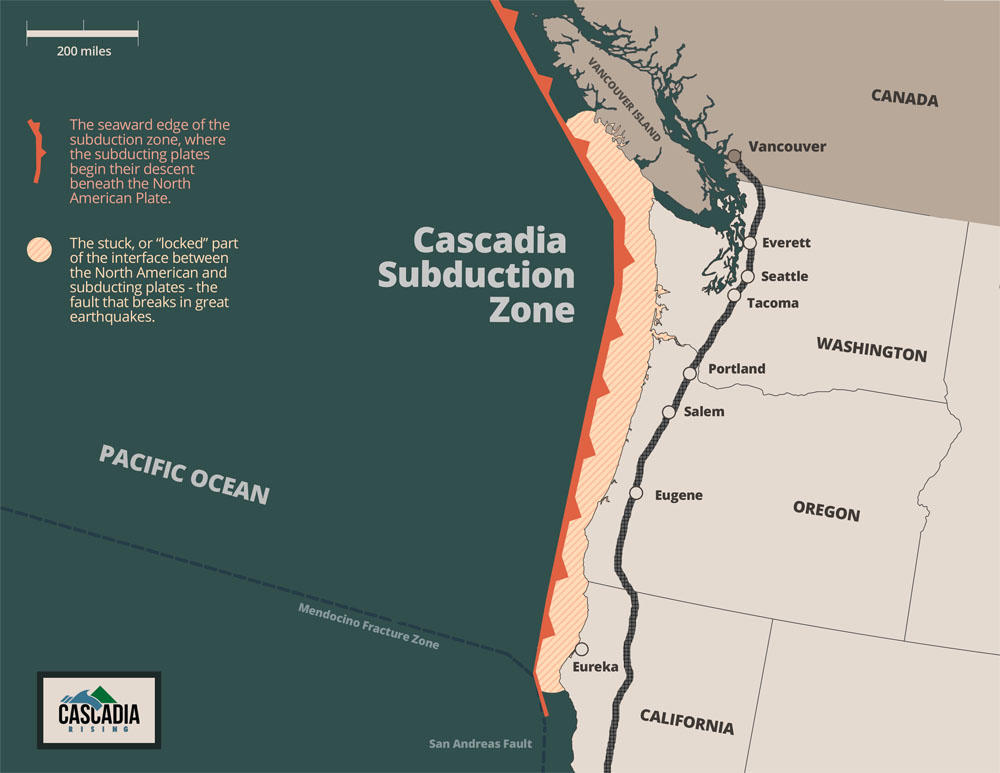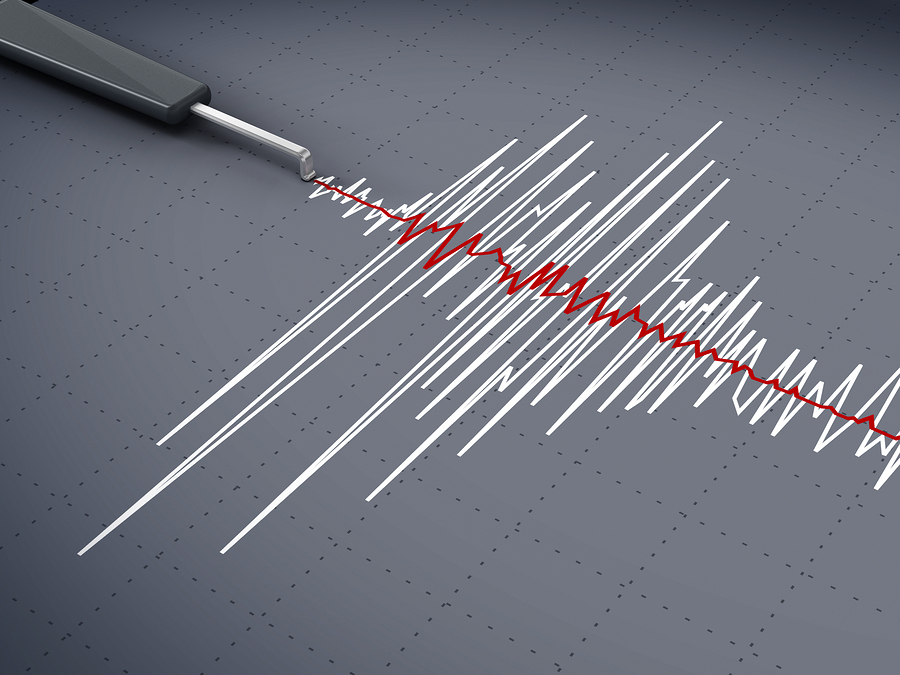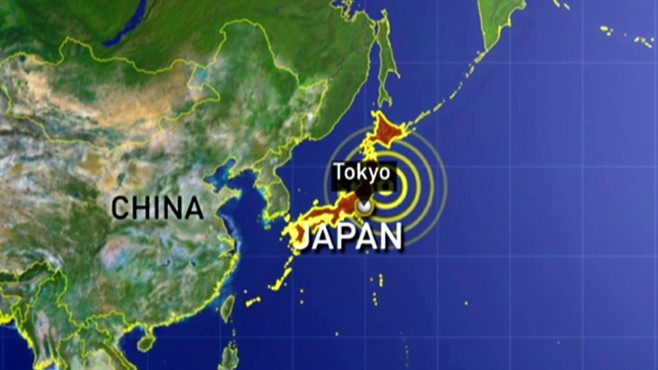In the afternoon of March 11th 2011, a 9.0 magnitude earthquake followed by a killer tsunami struck Japan and was then compounded by a nuclear accident at a damaged power plant.
The gravity of the tragedy facing Japan is almost incomprehensible.
At WorkSafe Technologies, we want to extend our compassion to all Japanese people as their great nation struggles to overcome one of the worst natural disasters in its history.
Japan has long been known for both its preparedness and its resilience. As high as the death toll may climb from this disaster, there is no question that the earthquake and tsunami early warning systems the country has in place saved thousands of lives. We know that thanks to the determined spirit of its resilient citizens, Japan will recover – and we are committed to aiding this recovery in the way we know best.
Japan’s focus on preparedness is directly responsible for it being WorkSafe Technologies’ largest customer nation. Our ISO-Base™ Seismic Isolation Platforms for protecting computing and networking equipment are the de facto standard in data centers of businesses and government agencies throughout Japan, including Sendai, the largest city near the epicenter.
According to all reports we’ve received to date, despite intense and prolonged shaking, all equipment protected by ISO-Base™ seismic isolation platforms is intact and there has been no lost operational activity as a result of the mega-earthquake or aftershocks, except what was caused by loss of power to these facilities.
Going forward, WorkSafe Technologies’ commitment to our customers throughout Japan is simple. We are here and ready to provide any support you need to ensure every ISO-Base™ Seismic Isolation Platform will continue to successfully perform its design function during this very difficult time – and in the better days to come.
Download letter from WorkSafe Technologies in Japanese





